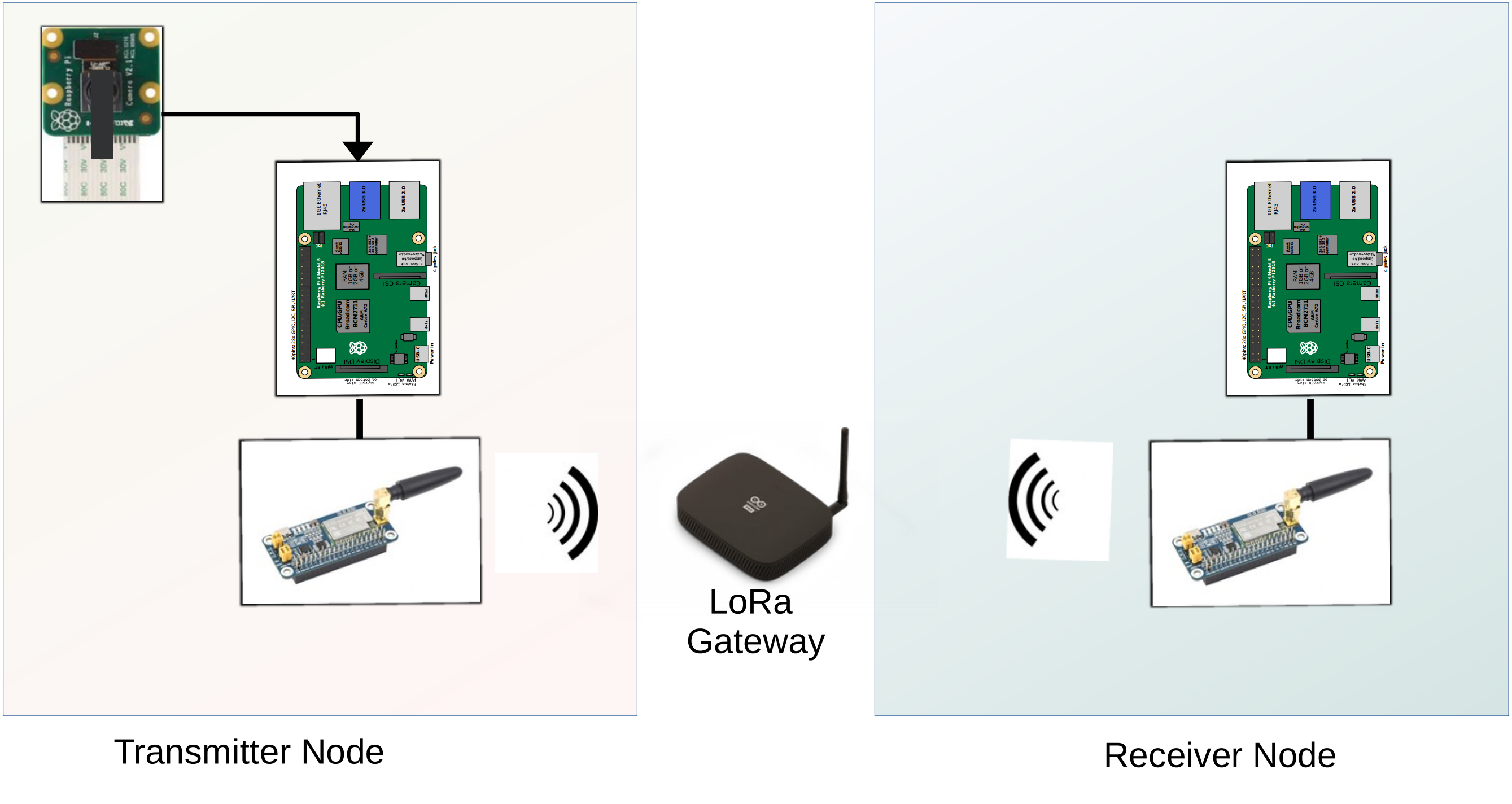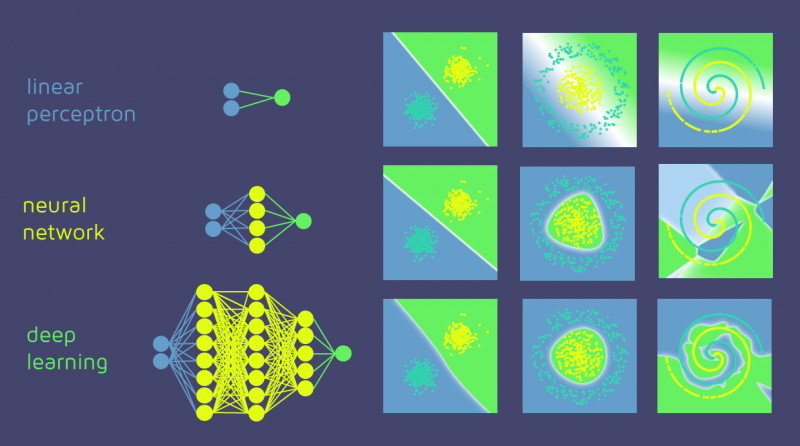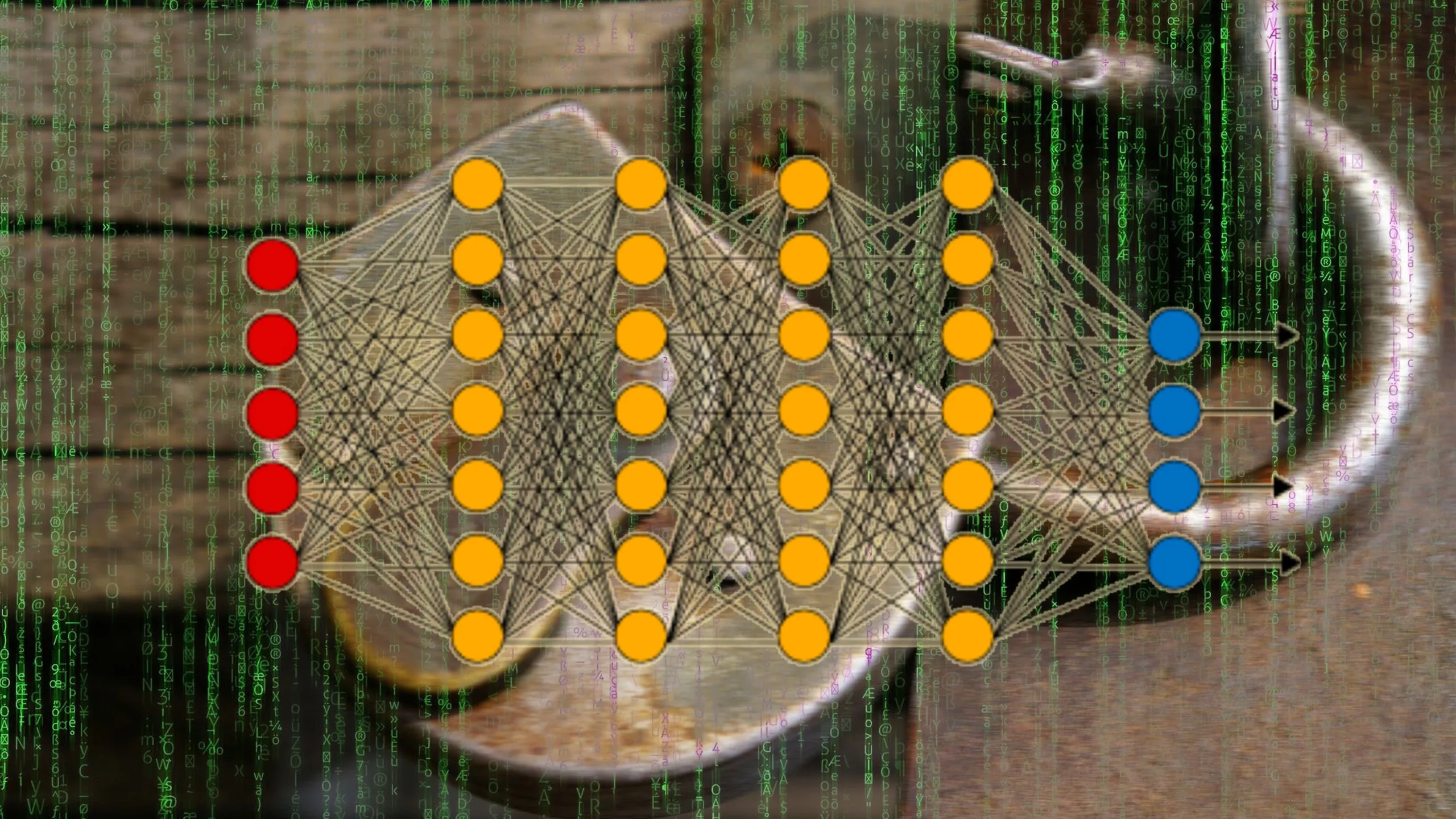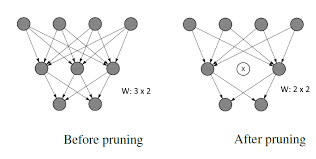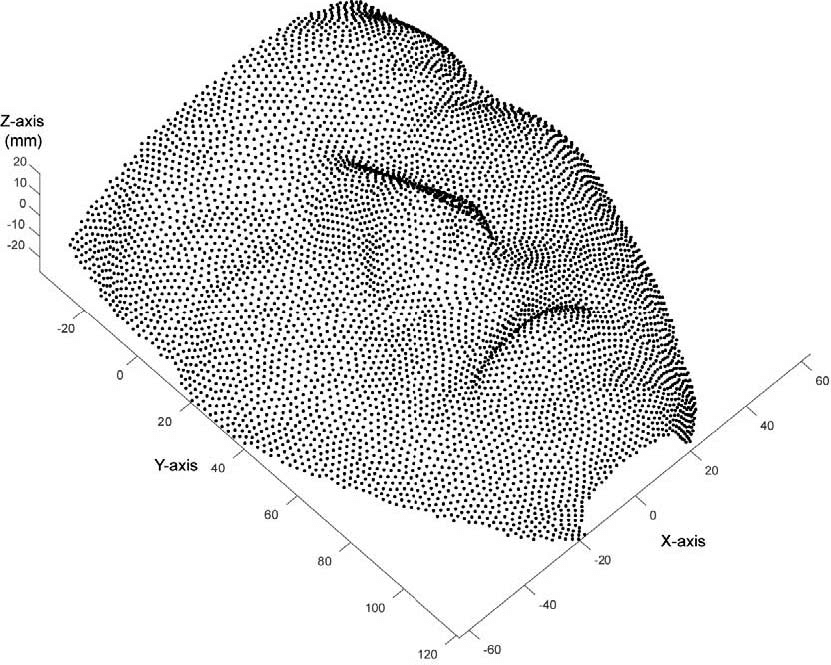Vision–language models learn visual concepts from the supervision of natural language.
It can significantly enhance the generalizability of real-time intelligent sensing, such as analyzing camera-captured real-time images for visually impaired users.
However, adapting vision–language models to distribution shifts at test time, caused by several factors such as lighting or weather changes, remains challenging.
In particular, most existing test-time adaptation methods rely on gradient-based fine-tuning and backpropagation, making them computationally expensive and unsuitable for real-time applications.
To address this challenge, the Training-Free Dynamic Adapter (TDA) has recently been introduced as a lightweight alternative that uses a dynamic key–value cache and pseudo-label refinement for test-time adaptation without backpropagation.
Building on this, we propose TDA-L, a new framework that integrates Low-Rank Adaptation (LoRA) to reduce the size of feature representations and related computational overhead at test time using pre-learned low-rank matrices.
TDA-L applies LoRA transformations to both query and cached features during inference, cost-efficiently improving robustness to distribution shifts while maintaining the training-free nature of TDA.
Experimental results on seven benchmarks show that TDA-L maintains accuracy but achieves lower latency, less memory consumption, and higher throughput, making it well-suited for AI-based real-time sensing.
A DNN for Detecting Spotted Lanternflies Using Energy Efficient WAN
Detecting invasive species like the Spotted Lanternfly (SLF) in remote and hard-to-reach places such as tree
branches or tall building walls is labor-intensive and leads to significant crop
losses. To tackle this, we developed a new system, a Deep Neural Network (DNN)
architecture that incorporates MobileNet V3, optimized for low-power devices and
trained on a dedicated SLF dataset. Deployed on a Raspberry Pi Model B with a
LoRa module, our system is energy-efficient and operates effectively on edge devices
with limited computational resources through quantization, achieving high accuracy
and low latency for detection. Our results demonstrate that our system covers a
larger area and consumes significantly less power than other network technologies
such as WiFi and Bluetooth, making it a superior solution for managing invasive
species in expansive, resource-limited environments
Adaptive Real Time Object Detection using advance optical flow algorithm
We are developing a real-time object detection system that can adapt to changes in the environment. We are using optical flow to detect changes in the environment, and then using this information to adapt the object detection model to the new environment.
Investigating Linear Neural Network’s Vulnerability
In this research, the primary objective is to investigate the effect of elimination of non linear activation in the
DNN in terms of robustness. We have shown that the linear neural network is vulnerable to adversarial attacks.
Security Threat in Source Free Domain Adaptation
We investigated the effect of a source adversary which may inject a hidden malicious behavior
(Backdoor/Trojan) during source training and potentially transfer it to the target domain even after benign
training by the victim (target do-main owner). We also built a defense method for the attack as well.
Weight Pruning
We investigated the effect of weight pruning in unsupervised learning setup. We also proposed a weight
perturbation method. We showed that the weight pruning is very effective in unsupervised learning setup.
Local features detection using 3D point cloud
We built a pipeline to detect local features using 3D point cloud. The pipeline consists of Kmeans clustering
algorithm to first segment the point cloud and then we used the Gaussian Mixture Model to get the local features.
We then ran the pipeline on the 3D point cloud of the face and got the local features.
.drawio.png)
